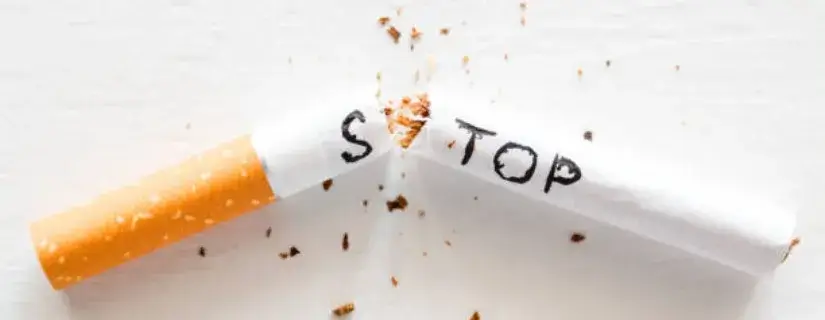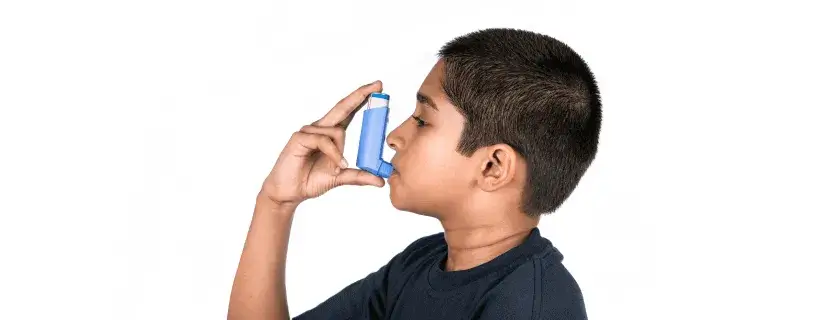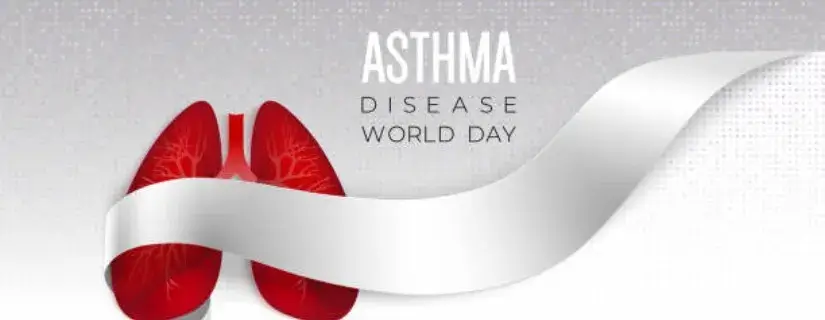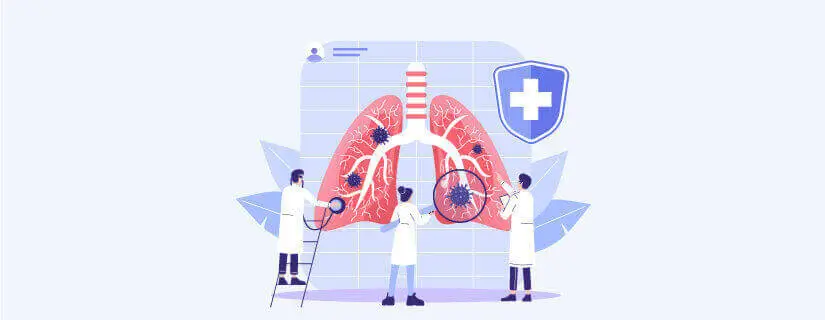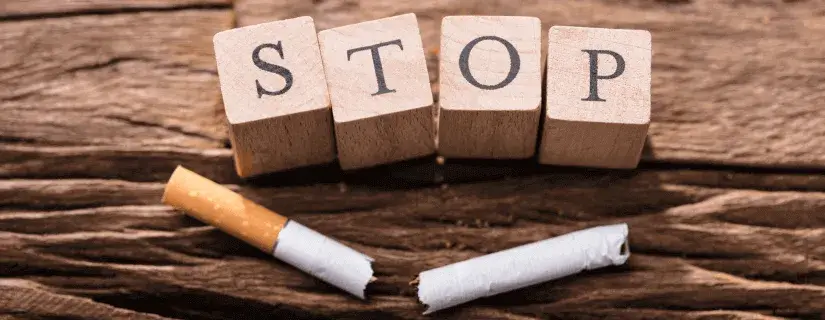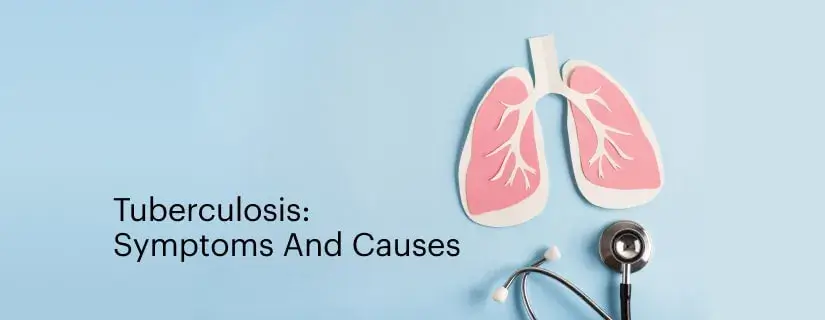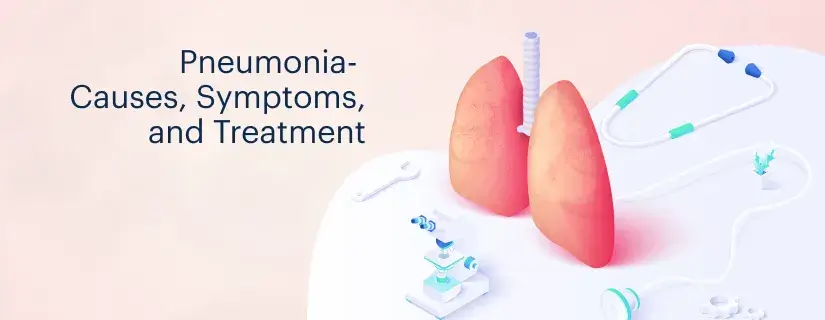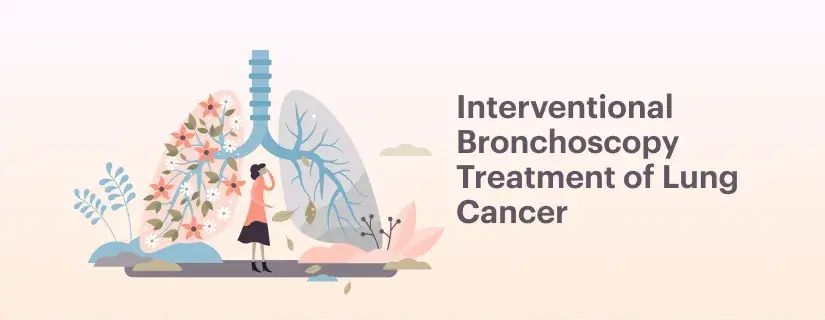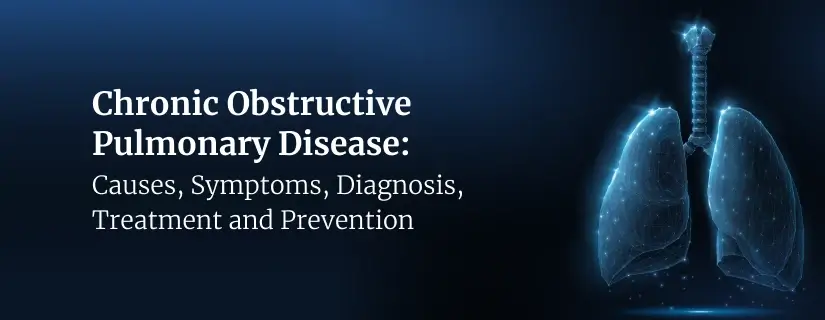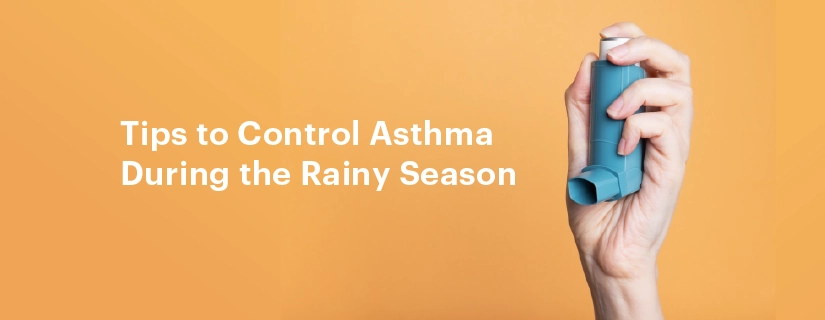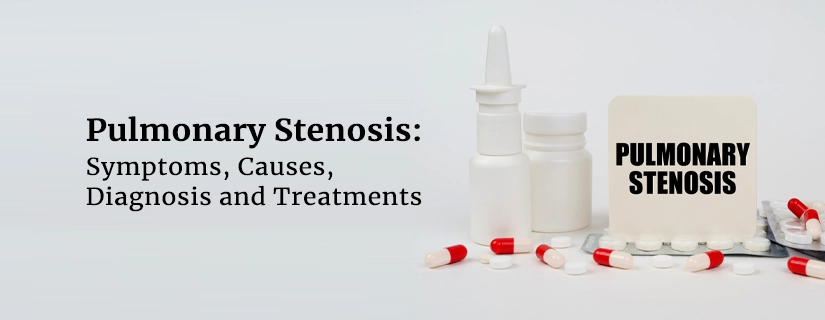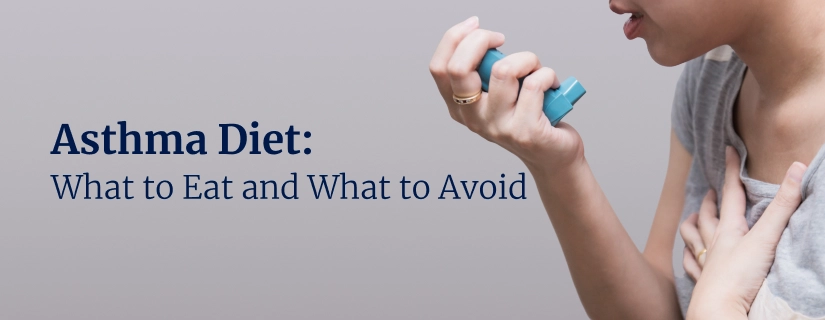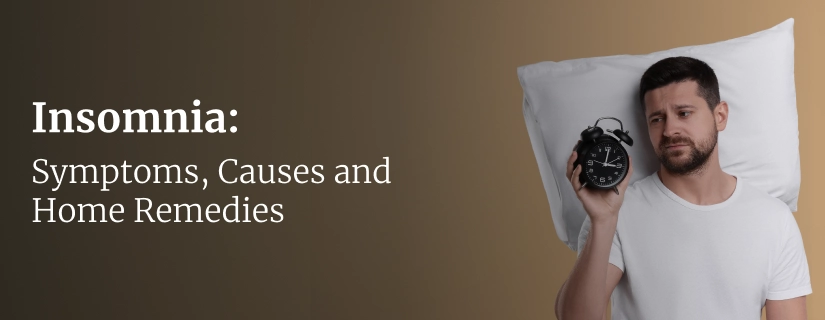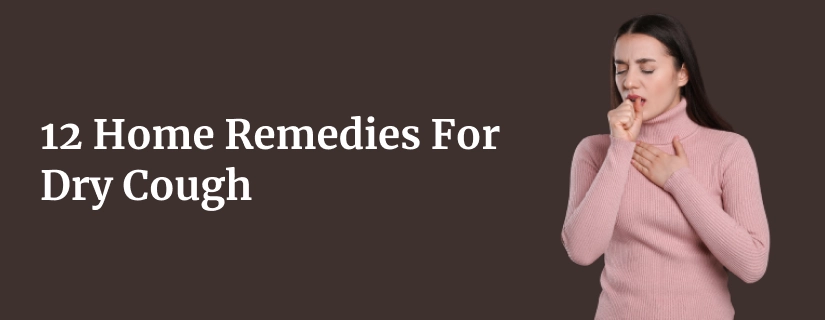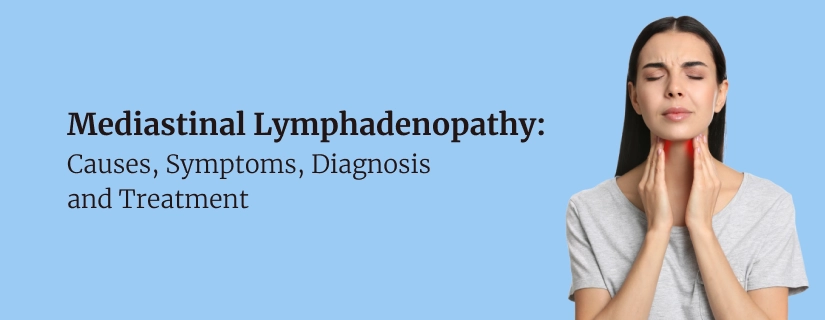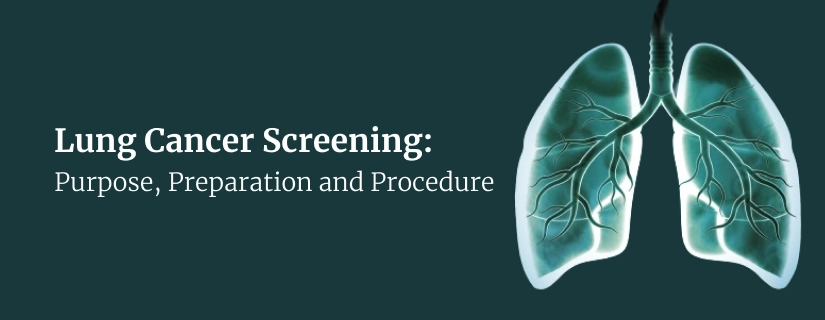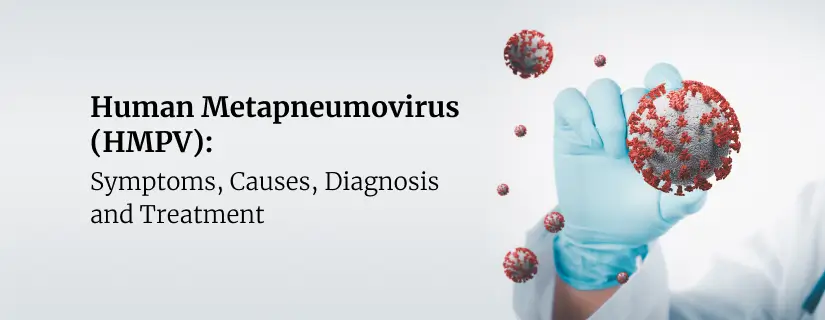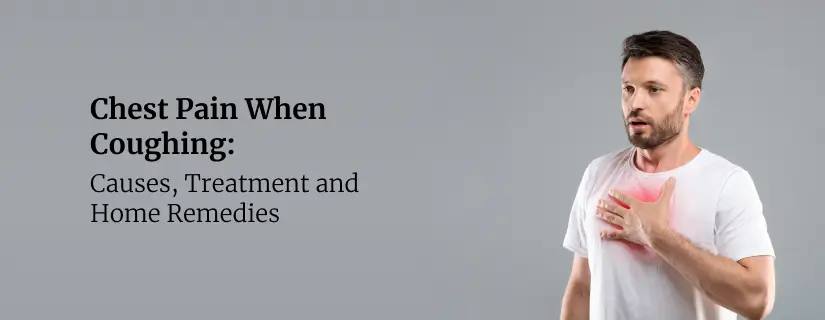-
Doctors
-
Specialities & Treatments
Centre of Excellence
Specialties
Treatments and Procedures
Hospitals & Directions HyderabadCARE Hospitals, Banjara Hills CARE Outpatient Centre, Banjara Hills CARE Hospitals, HITEC City CARE Hospitals, Nampally Gurunanak CARE Hospitals, Musheerabad CARE Hospitals Outpatient Centre, HITEC City CARE Hospitals, Malakpet
HyderabadCARE Hospitals, Banjara Hills CARE Outpatient Centre, Banjara Hills CARE Hospitals, HITEC City CARE Hospitals, Nampally Gurunanak CARE Hospitals, Musheerabad CARE Hospitals Outpatient Centre, HITEC City CARE Hospitals, Malakpet Raipur
Raipur
 Bhubaneswar
Bhubaneswar Visakhapatnam
Visakhapatnam
 Nagpur
Nagpur
 Indore
Indore
 Chh. Sambhajinagar
Chh. SambhajinagarClinics & Medical Centers
Book an AppointmentContact Us
Online Lab Reports
Book an Appointment
Consult Super-Specialist Doctors at CARE Hospitals
The King of Killing – Smoking
Updated on 31 May 2022
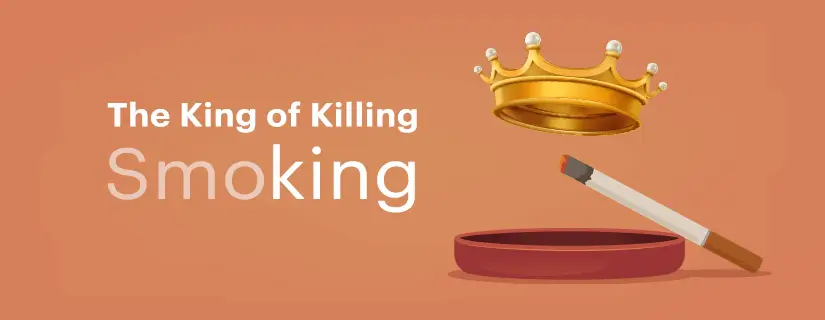
Today is “World No Tobacco Day” which is observed on the 31st of May every year to appraise the general public of the potential dangers to health by the usage of Tobacco in various forms and dissuading people from using Tobacco products, thus preventing the development of the consequent health hazards in the individuals as well as the society at large.
Amongst the various forms of Tobacco usage like chewing, sniffing, etc., Smoking is the most common and dangerous form contributing to enormous ill health globally and stands as the leading cause of preventable death. Smoking tobacco is done in various forms like cigarettes, beedis, cigars, pipe, hookah, etc., All of them are almost equally detrimental to our general health and the lungs in particular.
WHO estimated that there are about 1.5 billion smokers worldwide out of the 7.5 billion population (which is about 20%). Smoking is more common in men, particularly in India where about 20% of the males above 15 years are smokers. Smoking is the leading cause of preventable death, accounting for one death for every 10 deaths. One person dies every 6 seconds from tobacco-related diseases. And tobacco kills almost half of its users accounting for about 7 million deaths every year out of which 6 million are smokers and up to 1 million are non-smokers exposed to second-hand smoke.
Why do we smoke?
Nicotine is present in tobacco. When the tobacco is burnt, the nicotine is released in the smokers. When we inhale the smoke nicotine gets absorbed into the body and stimulates the brain. So we get that buzz or kick after smoking and we get addicted to it. But along with nicotine the smoke also contains about 5000 odd toxic chemicals which get deposited in the body to cause various harmful smoking negative effects on the body like:
- Cancers of the lungs, mouth, tongue, throat, stomach, pancreas, bladder, etc.
- Respiratory diseases - COPD, Asthma, Pulmonary Fibrosis, Pneumonia.
- Vascular diseases - heart attack, stroke, gangrene, Hypertension.
- General problems like - skin wrinkling, bone weakness, muscle pains, gastric ulcers, dental diseases, Impotence in males, miscarriages in pregnant, and psychotic problems.
Second-hand smoke
When the smoke is inhaled indirectly (from smoking in public places and our homes by our family members) also we are at similar risk to develop the harmful effects of smoking. So you have to keep in mind that by smoking you are not only harming yourself but the others around you, your friends, family, and society as well.
Studies have shown that with Spousal exposure, women have a 25% increased risk of harmful effects of smoking if married to a smoker, and with Parental exposure, children have a high risk of respiratory infections, Pneumonia, Asthma, and lung cancers in the long term. Smoking dangers exposed pregnant women carry a high risk of miscarriages and delivering babies with low birth weights, and congenital anomalies.
It is Never too late to stop
You can start appreciating the benefits of stopping smoking almost instantly.
- 20 minutes after stopping – BP stabilizes, Heart rate normalizes,
- Within 24 hours – oxygen levels improve,
- Within 48 hours – you can taste and smell better,
- Within 1 month – cough and chest congestion improves,
- In about 1 year- heart disease risk reduces to half,
- In 5 years – stroke risk gets nullified,
- In 10 years- cancer risk diminishes by half,
- In 15 years – the death risk due to smoking-related diseases almost disappears.
How to Quit?
Anyone can quit at any time. There may be a temporary restlessness for 3-4 days and a craving for smoking for about 3-4 weeks. All you need is the determination to quit. Think of your health in the future, and the risk you are posing to your innocent family members and friends. If your addiction is dominating your determination and effort and you have difficulty quitting, Doctors can always help you achieve it.
They can give Medicines to stop the craving for smoking. The lungs specialist in Hyderabad will counsel you to motivate you to quit smoking. If you are a smoker, pledge immediately to give it up.
Even if you are not a smoker get aware of the smoking risks and propagate that Smoking is the king of killing.
The King of Killing – Smoking
Male and Female alike
Right from the tender teenage
Young or Old, all like
Enjoying the Nicotine voyage
Some may chew
Sniff, some other few
Much more smoke
Seeking the Nicotinic kick
And it does not end there
As the buzz starts to wear
The mind goes mad and the body sore
Craving for Nicotine more and more
Then comes the real danger
As a Lung or a Tongue cancer
Or a Heart or a Brain stroke
In a bloated and puffing bloke
Why mess it up intoxicating
Your sound body and mind
Say no to Tobacco and Smoking
Save many lives and the Mankind
ENQUIRY FORM
SELECT CATEGORIES
-
Neurosciences (16)
-
Neurology (37)
-
Neurosurgery (14)
-
Orthopaedics (48)
-
Oncology (33)
-
Obstetrics and gynecology (52)
-
Pulmonology (23)
-
Urology (20)
-
Nephrology (13)
-
Psychiatry (7)
-
Dietetics and Nutrition (111)
-
General Medicine (63)
-
Cardiac Sciences (32)
-
Vascular & Endovascular Surgery and Interventional Radiology (15)
-
Gastroenterology (46)
-
Endocrinology (23)
-
Plastic Surgery (10)
-
Critical Care Medicine (5)
-
COVID-19 (16)
-
Dermatology (16)
-
Emergency Care (1)
-
Ophthalmology (4)
-
Pediatrics (14)
-
Laparoscopic and Bariatric Surgery (8)
-
ENT (15)
-
Kidney Transplant (1)
-
Liver Transplantation and Hepatobiliary Surgery (5)
-
General Surgery (3)
-
Internal Medicine (5)
-
Medicine Information
How to know if you're having an asthma attack?
Tobacco – Threat To Our Environment
YOU MAY ALSO LIKE
RECENT BLOGS
-
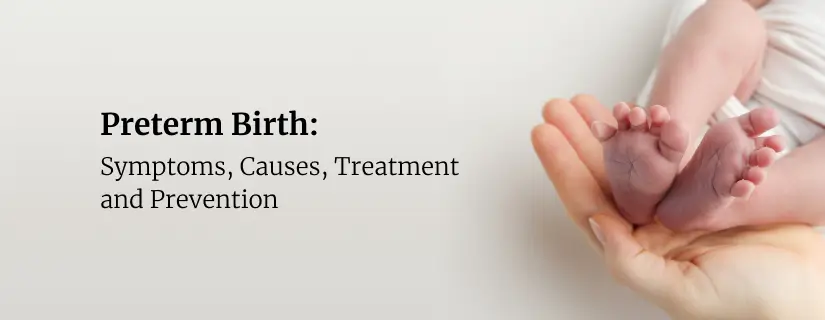
Preterm Birth (Premature Birth): Symptoms, Causes, Treatment and Prevention
13 May 2025
Read More
-
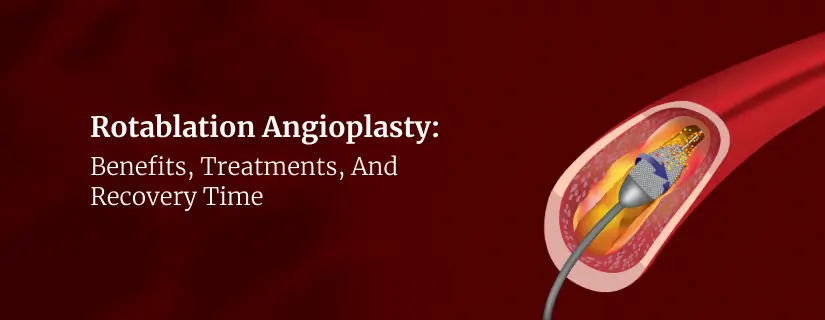
Rotablation Angioplasty: Benefits, Treatments, And Recovery Time
9 May 2025
Read More
-
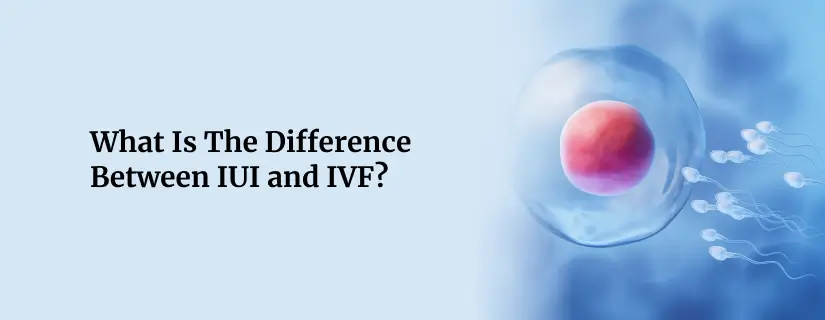
What Is The Difference Between IUI and IVF?
9 May 2025
Read More
-
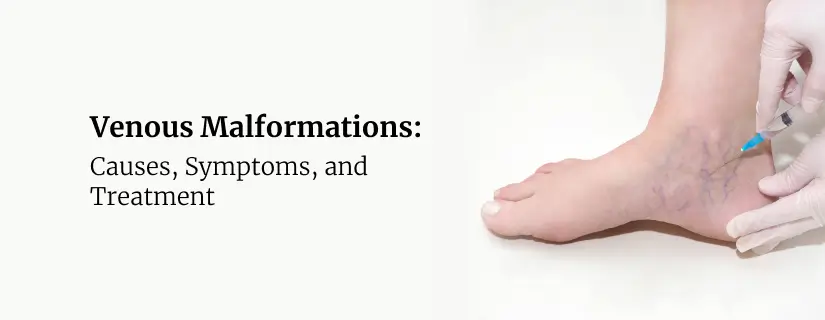
Venous Malformations: Causes, Symptoms, and Treatment
30 April 2025
Read More
-
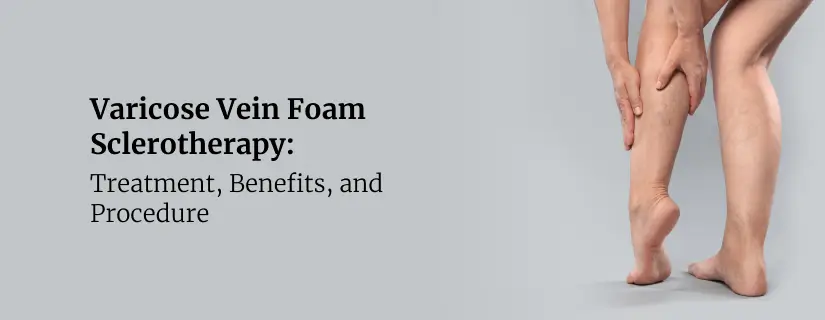
Varicose Vein Foam Sclerotherapy: Treatment, Benefits, and Procedure
30 April 2025
Read More
-
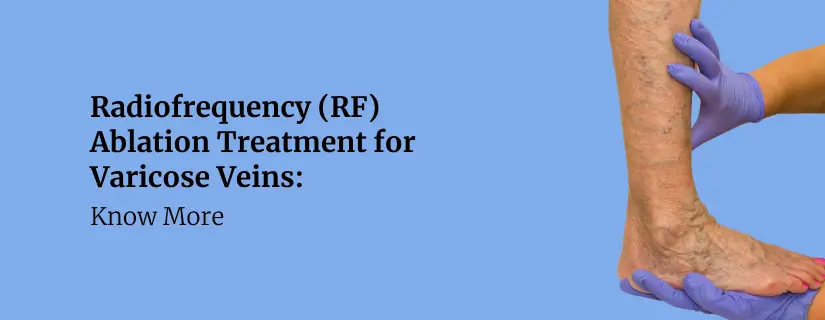
Radiofrequency (RF) Ablation Treatment for Varicose Veins: Know More
30 April 2025
Read More
-

Varicose Vein Sclerotherapy: Treatment, Benefits, and Procedure
30 April 2025
Read More
-
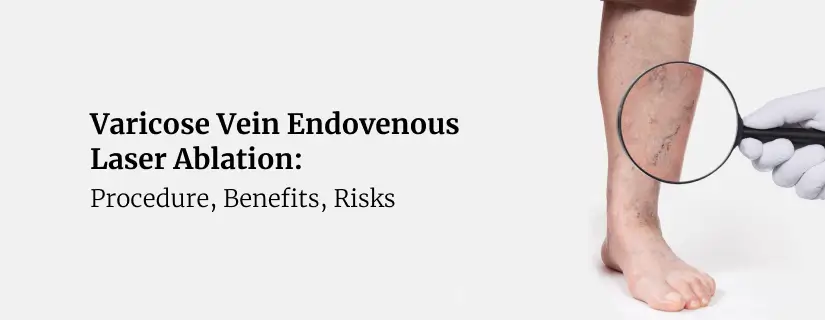
Varicose Vein Endovenous Laser Ablation: Procedure, Benefits, Risks
30 April 2025
Read More
Have a Question?
If you cannot find answers to your queries, please fill out the enquiry form or call the number below. We will contact you shortly.



